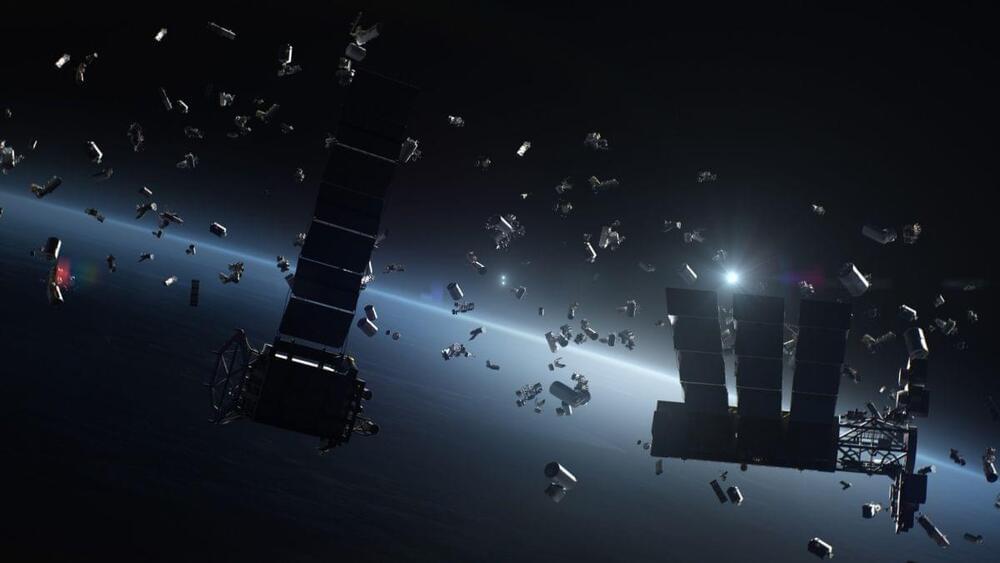The Apogee+ exoskeleton aims to help support caregivers in healthcare settings. | Source: German Bionic.
German Bionic has unveiled the Apogee+, a powered exoskeleton for the North American healthcare market. Apogee+ aims to merge cutting-edge robots with research-backed, data-driven insights to better support caregivers.
Apogee+ is designed to provide personal lift assistance to caregivers, and it specifically addresses concerns with care worker safety and job satisfaction. This is German Bionic’s first foray into the healthcare space, and the mover underscores its success in industrial settings.
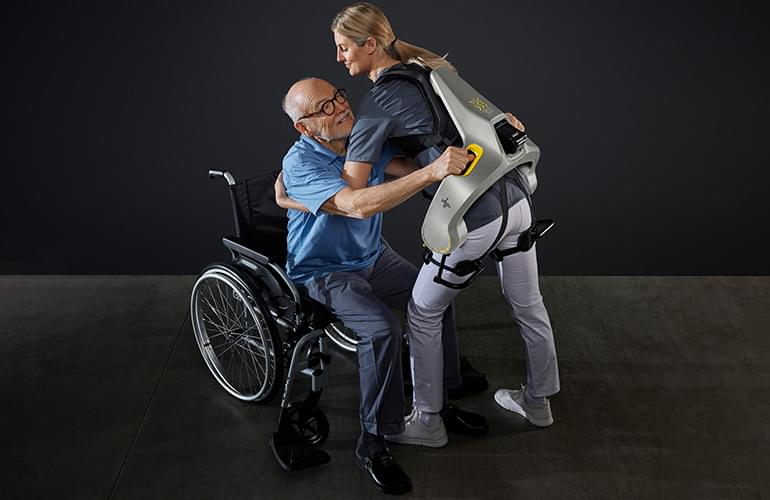
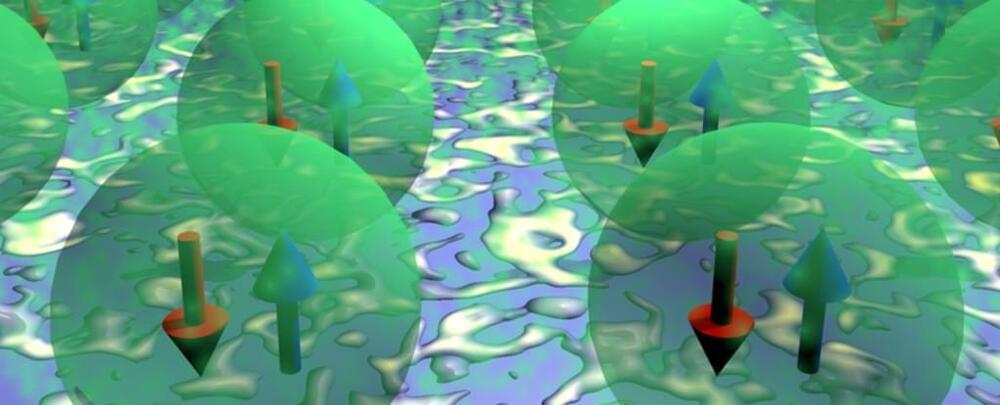
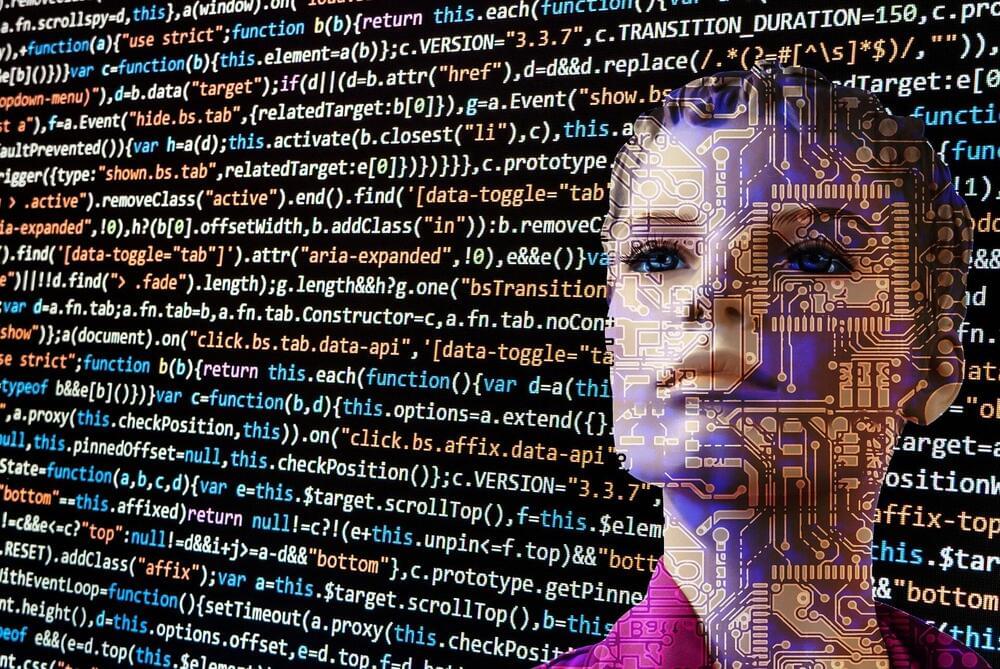
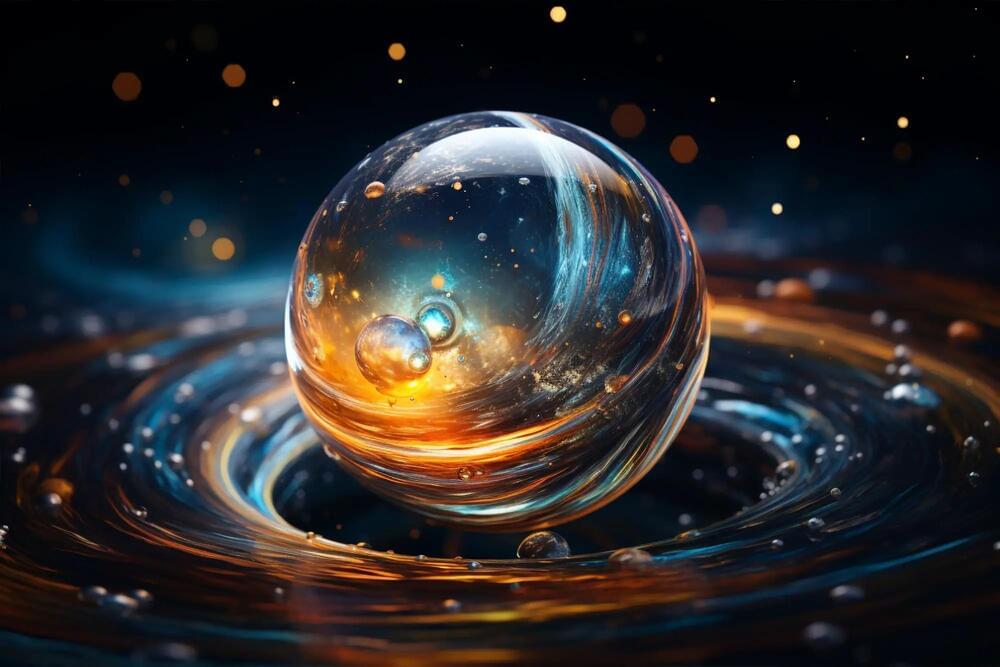
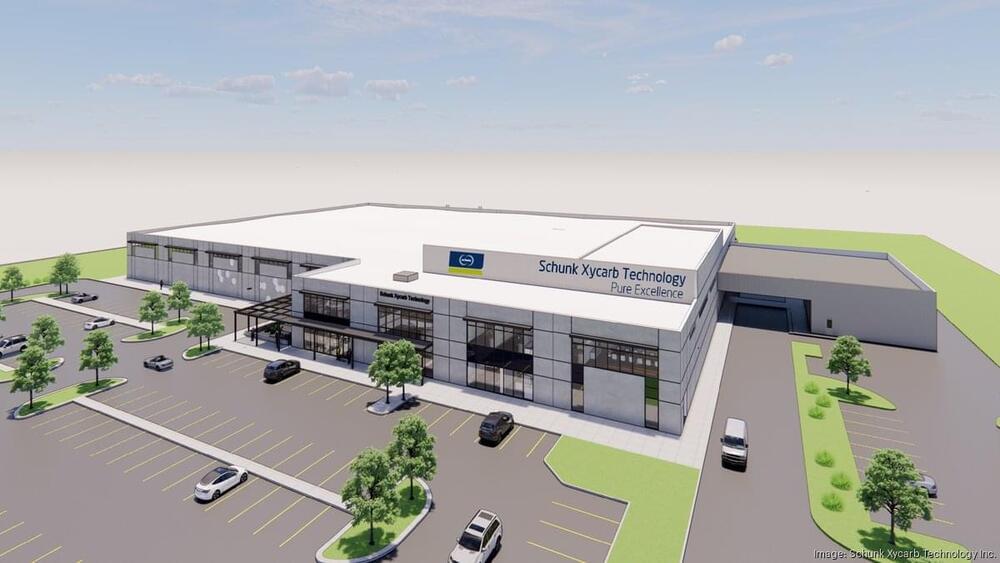
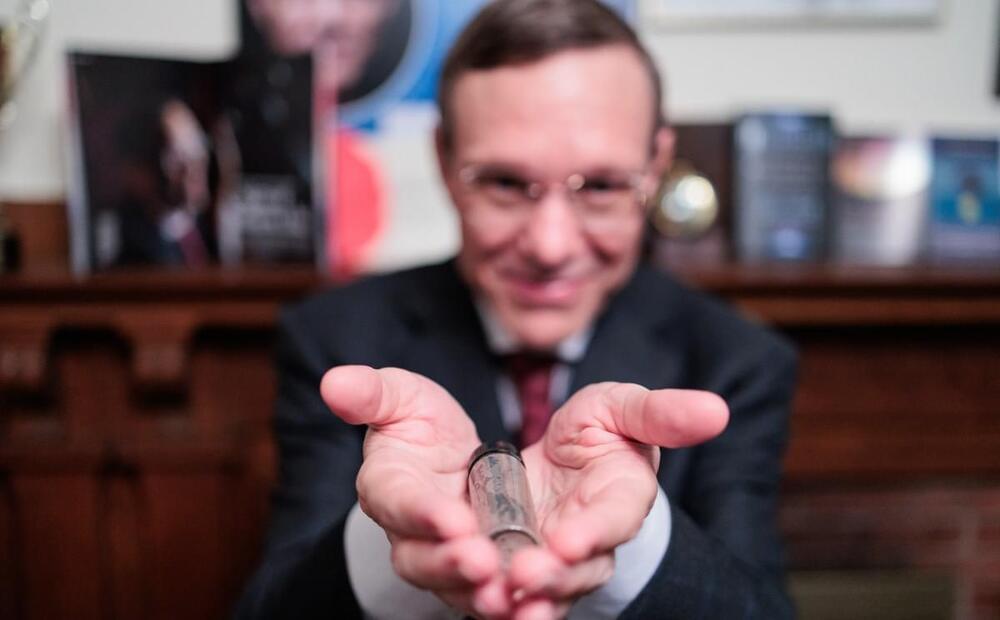
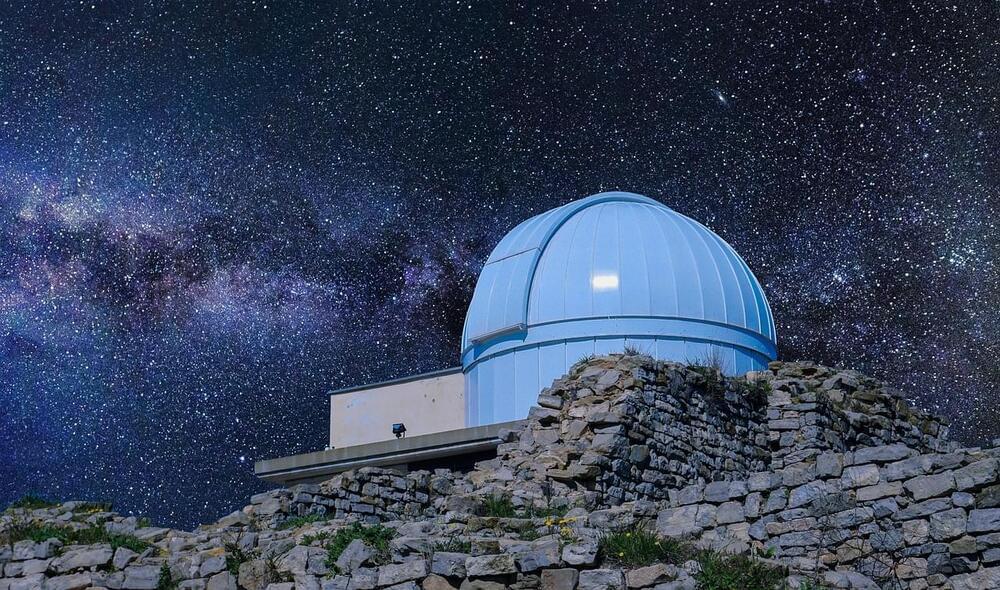
 עברית (Hebrew)
עברית (Hebrew)
